Are you looking to upgrade to Windows 11, but don’t know if your PC is compatible? Then look no further! We’ve compiled this helpful guide showing you how to check if your PC can run Windows 11.

Windows 11:
Windows 11 is the latest generation of Microsoft’s operating system, designed to enhance productivity and streamline performance. It features a brand-new look that is easier to use compared to its predecessors. The built-in universal search tool makes it even easier to find what you’re looking for, and managing your workload becomes a breeze thanks to intelligent desktop grouping.
Some of the new built-in features in Windows 11 are:
- Snap Layouts
- PC Game Pass
- Improved Start Menu and Taskbar
- Auto HDR for PC gaming
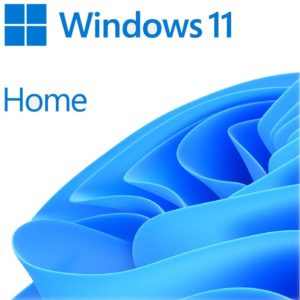
Microsoft 64-bit Windows 11 Home Edition:
- Microsoft Windows 11 Home edition
- 64-bit operating system
PC System Requirements:
| Processor | 1GHz or faster with 2 or more cores on a compatible 64-bit processor |
| Memory | 4GB RAM |
| Graphics | DirectX12 compatible graphics card with WDDM 2.0 driver |
| System Firmware | UEFI, Secure boost capable |
| TPM | Version 2.0 |
| Storage | 64GB or larger storage device |
| Monitor | 720p display that is greater than 9’’ diagonally with 8-bit per colour channel |
| Additional | Internet Connection required and a Microsoft account |
TPM:
TPM or Trusted Platform Module 2.0 is a requirement for Windows 11. TPM is a security feature, which is used by a variety of built-in Windows tools. This includes providing identity protection in Windows Hello and data protection for BitLocker.
TPM maybe be disabled on your PC. To check if your PC is compatible with TPM 2.0, you need to go to Settings > Update & Security > Windows Security > Device Security > Security Processor Details. If your version is less than 2.0, your PC is not compatible.
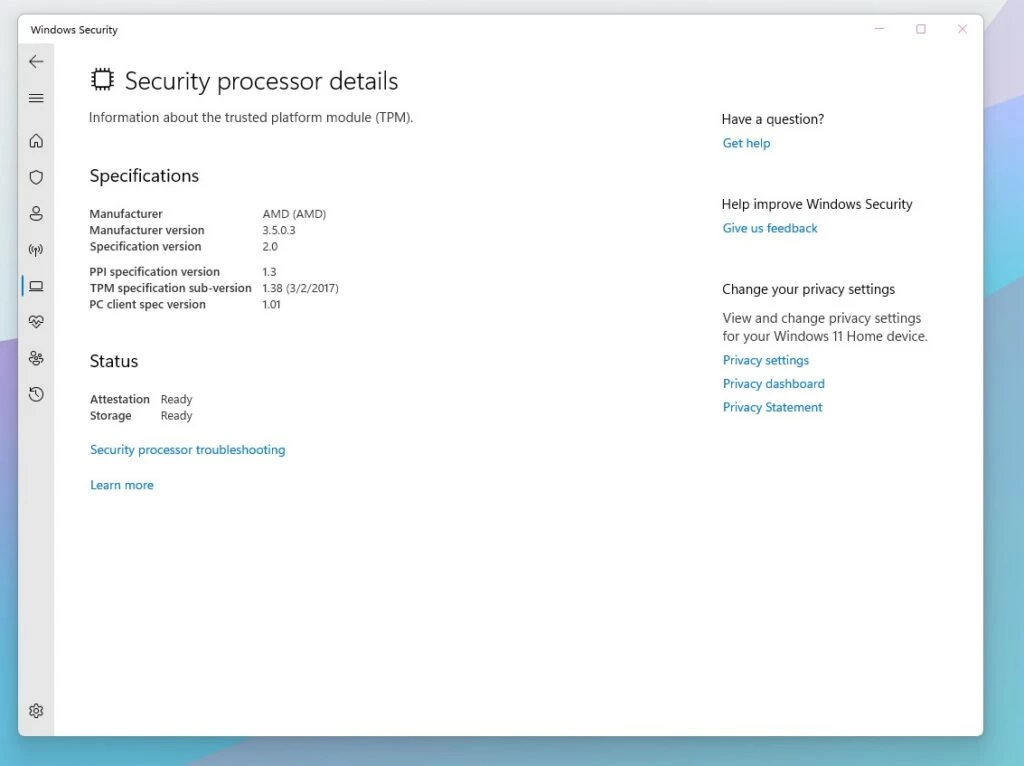
However, if you don’t see an option for Security Processor Details, your PC may not have TPM enabled. To enable TPM, you will need to go into your PC’s BIOS.
To open the BIOS, restart your PC and continuously press the delete key on your keyboard until the BIOS opens. Once in, go into Advanced mode > Security > find the TPM option.
On a motherboard with an AMD chipset, it will be called TPM or fTPM, whereas on an Intel-compatible motherboard it will be listed as either TPM or IPTT. Once you’ve done this, you will need to save, exit the BIOS, and restart your PC.
How do I check if my PC meets the requirements for Windows 11?
Along with checking if your PC has TPM 2.0, you will need to ensure all of your hardware is also compatible with the requirements. There are some handy built-in Windows tools, such as Device Manager, that will tell you what you currently have installed inside your PC. Along with this, you can also utilise software such as Speccy.

How to Check Your PC’s Current Specification
For an in-depth guide on how you can check what hardware you have installed in your PC, check out our dedicated blog article.
Our Top Windows 11 Compatible PCs:
If your PC doesn’t meet the requirements for Windows 11, don’t worry! Here at Overclockers UK, we sell a vast range of PCs compatible with Windows 11 that are suited to budget, casual, and enthusiast-level gaming. Each of these PCs includes a Windows 11 Home key.
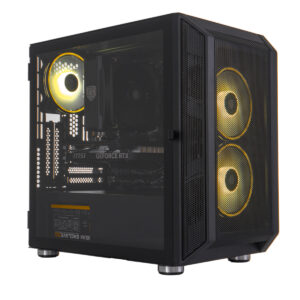
Refract Gaming Amber Pre-built PC:
- Pre-built gaming PC
- Designed for casual gaming
- Includes an AMD Ryzen 5 7500F CPU and NVIDIA GeForce RTX 4060 GPU
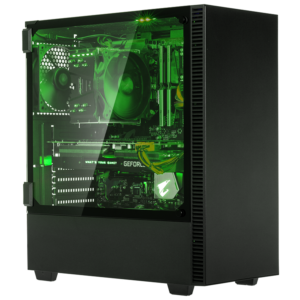
OcUK Gaming Enigma Enthusiast PC:
- Configurable gaming PC
- As standard includes an AMD Ryzen 7 5700X CPU and NVIDIA GeForce RTX 3070 Ti GPU
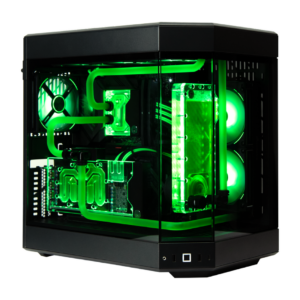
Infin8 Venomous:
- High-end gaming PC
- Configurable hardware
- Includes an Intel Core i7-13700K CPU and NVIDIA GeForce RTX 4080 GPU
- Fully water-cooled
PC specs are subject to change.
